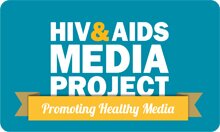Misleading Messages
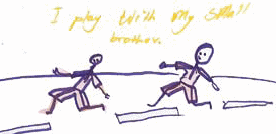
With the huge potential to impact on responses and policy debates, Part 3 uses recent research studies to describe some of the media's limitations in its representation of children and HIV. Some of the misleading messages commonly perpetuated are listed and trends in the ways in which stories are reported are outlined.
Do any of the quotations on this page sound familiar?
"Scientists, researchers and welfare agencies warn that without 'determined and dramatic' intervention, the soaring AIDS deaths, particularly of young mothers, will turn our city streets into dangerous 'no go' areas. They paint a grim, nightmarish picture of bands of lawless children, armed to the teeth and rampaging for food and shelter; waging a war of survival against each other and society at large, much like a page from Lord of the Flies." (Independent on Saturday, 11/05/2002)
"A Cape Town-born banker who gave up a successful financial career in London to help raise funds for AIDS orphans in South Africa." (The Star, 30/05/2002)
"There can be no more pathetic a group of children than the growing legion of AIDS orphans, who daily face a desperate fight for survival in a society which largely continues to close its collective eyes to their plight."(Daily News, 03/05/2003)
"Relatives abandoned them because they had the disease."(Daily News, 02/12/2002)
"Children who have been left to fend for themselves, having been forgotten by those responsible for them."(The Citizen, 02/05/2003)
"Helpless victims of a social and medical nightmare."(Sowetan Sunday World, 24/7/2002)
A recent study that addressed the content of articles published in the South African print media found that some reports convey misleading messages about children affected by HIV and AIDS 19. These can, and should, be replaced by accurate information.
Common examples of misleading messages include:
- There are only two categories of children affected by HIV and AIDS: "AIDS orphans" and HIV-positive children;
- Children affected by HIV and AIDS are helpless, pitiful victims of their own circumstances;
- Where children are affected by HIV and AIDS, mothers or other family members desert their children. Parents and families are not fulfilling their responsibilities towards children;
- Fathers are often left out of the picture where the focus is on "errant" and "bad" mothers;
- Orphans live without adult caregivers, as part of child-headed households, or on the streets;
- (White) middle-class people tend to come to the rescue of (black) children affected by HIV and AIDS in South Africa;
- Increasing numbers of "AIDS orphans" will result in gangs of uncivilised and criminal children, who threaten society, and put the South African public's safety at risk;
- South African society is experiencing a loss of morality. According to some media, there is a need for widespread social and moral regeneration in order to ensure an adequate response to the HIV epidemic.
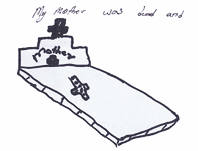
Missing the whole picture: Media trends in reporting on HIV
Studies highlight a number of tendencies in media coverage of HIV:
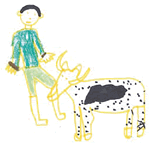
- Children are used to highlight the tragedy of the HIV/AIDS epidemic. They are portrayed as "innocent" victims, which implies not only that others are guilty, but also that the effects of the epidemic are the worst for children. This skewed portrayal prevents a balanced discussion of how children and adults experience and respond to the epidemic;
- The complicated and extensive duties that government has towards children are rarely explained or challenged;
- In the absence of key conflict events (such as the landmark Constitutional Court case in 2002) and/or key personalities (like the minister of health) the frequency and prominence of media coverage on HIV drops 9;
- An assumption that readers are unaffected by HIV prevails in the media. They are presented as "outsiders" to the relevant issues, except in coming to the rescue.
While many media reports present facts, they risk distorting the overall picture by presenting only a particular set of facts. Often the context is not present in the articles, or the stories are too narrow in their focus.
What's at stake for children?
The media have the potential to compound the vulnerability of children affected by HIV and AIDS:
- Children could be stigmatised and experience added pressures following news stories that target or identify them;
- Children's rights to dignity and privacy can be violated;
- Stereotypes and untruths can be unintentionally reinforced by a careless choice of words;
- Children and families cannot easily challenge the ways in which they are represented by the media.
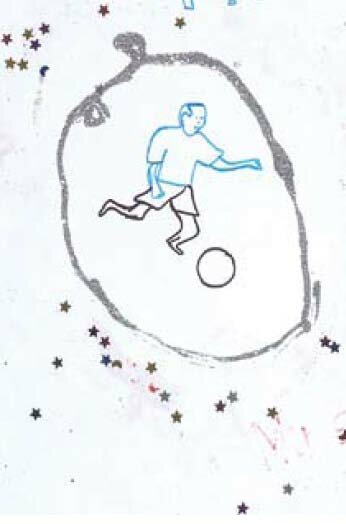
The media have the power to inform and promote appropriate responses to the range of children affected by HIV and AIDS. The media can and should:
- Hold service providers accountable to their commitments to children;
- Ensure decision-makers do not ignore critical issues for children. Sustained coverage of issues in news stories will pressurise decision-makers to explain their efforts and address them;
- Influence public opinion against behaviour that helps to spread and stigmatise HIV.
